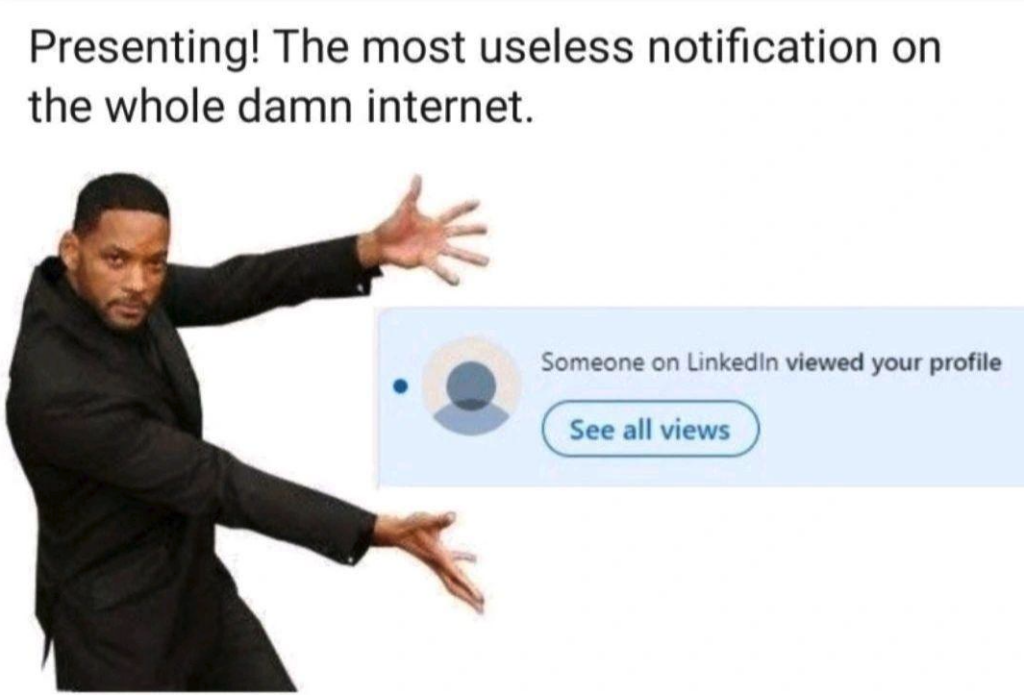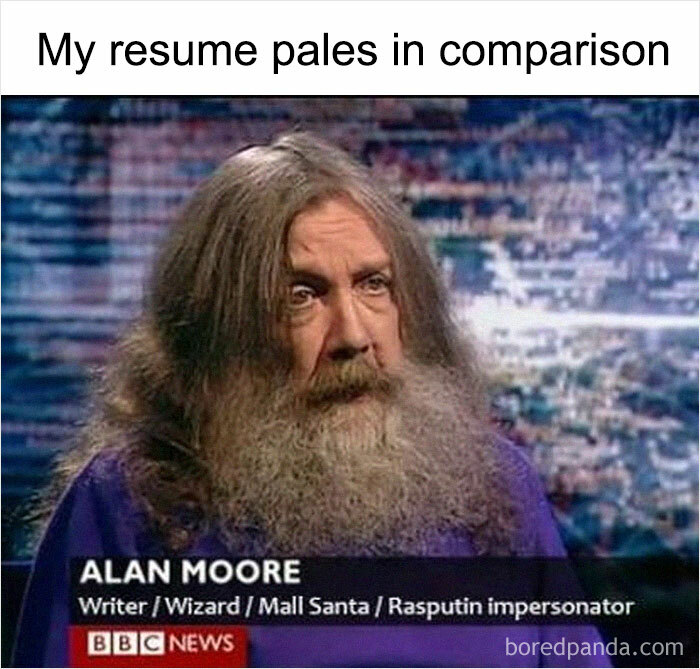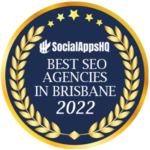Your personal LinkedIn profile plays a powerful role in shaping your professional brand. Whether you’re actively exploring new opportunities or simply want to be seen as a leading voice in your field, your profile is often the first impression people get.
It’s also more influential than ever. Once thought of as just a digital CV, LinkedIn has evolved into a professional networking hub and now, a full-fledged social media platform. From thought leaders to content creators and even LinkedIn influencers, many professionals are using the platform to build meaningful networks and establish their personal brand, just like they would on Instagram or TikTok.
The team at BeKonstructive Marketing provide social media management services to businesses, and we’re sharing our tips and learnings from helping business owners, CEOs, and founders optimise their personal LinkedIn profiles.

What Is a LinkedIn Bio, and Why Does It Matter?
Your LinkedIn bio (also known as your ‘About’ section) is your opportunity to tell your professional story in your own words. It sits right near the top of your profile and is one of the first things people read after clicking through. More than a list of roles or achievements, it’s a place to share who you are, what you care about, and how you approach your work.
Unlike a CV, it doesn’t need to be exhaustive or formal. Instead, think of it as a friendly introduction, or something that invites people to connect, collaborate or learn more about you. A thoughtful bio helps you show up in search results, adds context to your experience, and helps people understand what drives you, and what opportunities you might be interested in.
It also sets the tone for the rest of your profile. If your bio feels empty, generic or overly rigid, it can give the impression that your personal brand isn’t fully developed or up to date. But when it’s done well, it can spark new connections, start conversations, and support your goals, whether professional or personal.
Telling Your Story: What to Include in Your LinkedIn Bio
Your bio isn’t a cover letter, and it shouldn’t read like one. Instead, it’s a chance to tell the story of your career in a way that feels real, engaging and relevant.
Think about what drew you to your industry. What motivates you to keep going? What parts of your work do you find most rewarding? If you’ve had some standout achievements or unique twists and turns in your journey, include them – especially if they help show your values or approach.
These prompts can help you shape a bio that feels both personal and professional:
- What’s the story of your career so far?
- What industries, topics, or challenges are you most passionate about?
- What unique perspective do you bring to your field?
- Are there any key turning points or decisions that shaped your journey?
- What kind of work excites you right now?
- How do you approach growth and learning?
- What values guide the way you work?
- How do you want people to remember you after reading your profile?
Once you’ve reflected on your answers, you can start shaping them into a short narrative that speaks to both who you are and where you’re heading.

Optimise for Impact
Now that you know what you want to say, it’s time to refine how you say it.
Aim for around 300 to 400 words – enough to provide substance, but short enough to hold someone’s attention. Use short sentences and break up longer paragraphs to make your content more readable.
Where possible, include relevant keywords that reflect your role, skills or industry. This will help your profile show up in LinkedIn searches. But keep it natural, and don’t overdo it.
Skip tired buzzwords like “results-driven” or “passionate,” and instead show your value through the story you’re telling. Let your tone be confident but approachable; professional but never robotic.
Beyond the Bio: Profile Tweaks That Make a Big Difference
Once your bio is in place, it’s worth giving the rest of your profile a once-over to make sure everything aligns. Here’s where to start:
Services Offered: If you offer services through LinkedIn, make sure this section is set up. It helps boost your profile visibility.
Headline: Use this space to highlight your key roles, services or areas of expertise. Keep it clean and descriptive.
Profile Photo: Choose a recent, high-quality headshot. Avoid group photos or holiday snaps.
Cover Image: Use a branded banner or something clean and on-theme for your industry.
Experience & Education: Make sure these sections are up to date and reflect the parts of your experience that are most relevant.
Skills & Endorsements: List as many relevant skills as you can and ask your network to endorse you for them.

From Profile to Presence: Using LinkedIn as a Social Platform
A polished profile is a great foundation, but the real magic happens when you start showing up consistently.
LinkedIn is a social platform, and the best way to grow your presence is to engage with it. Share updates, write posts, comment on others’ content, and start conversations. Talk about what you’re working on, share insights or lessons learned, highlight interesting projects, or reflect on trends in your industry.
This doesn’t have to mean daily posting. Just start showing up regularly and building your voice over time. The more you engage with others, the more visibility your own content will get, and the more likely you are to be remembered when opportunities arise.
You can also follow thought leaders or industry pages to stay up to date, get content ideas, and find inspiration for what resonates with your audience.
Need a Hand?
Your personal LinkedIn profile is a powerful asset, whether you’re growing your career, building your business, or just trying to put your best foot forward online.
BeKonstructive Marketing helps professionals and brands build better LinkedIn profiles and manage their social media presence with strategy and purpose. If you’re ready to start using LinkedIn more effectively, you can learn more about our social media marketing services here.



